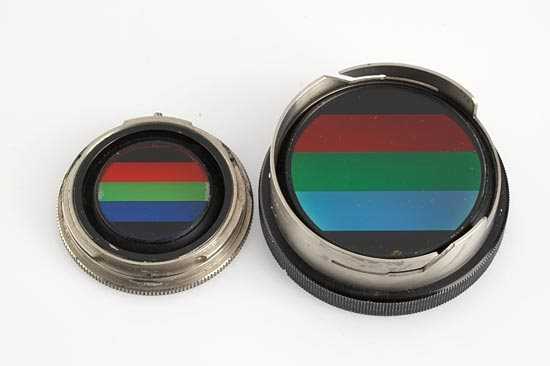Zeiss Ikon Contax Camera Repair
A home for your Zeiss Ikon Contax, Contarex or Super Ikonta camera!
- Home
- Information
- Articles
Index
Which is best: the II or the IIa
When someone is contemplating the purchase of their first Contax the question inevitably arises, which is the best camera for me, the II or the IIa, the III or the IIIa? There are a great variety of opinions found on the various Internet photographic chat boards. But the problem is that the question itself is wrong. The reason for this is that the II and III camera design comes out of somewhere close to 1934 and the IIa and IIIa design comes out of the postwar era from around 1951. All cameras are designed for use with the type of film available at that time.
The first thing to know is that even though the II and the IIa camera look very much alike on the outside, they are entirely different on the inside. The shutter design of the II and the IIa are as different as night and day.
With regard to the II and III, in 1934 there was no such thing as modern color film. In those days everything was black and white. Not only this but the film speed would vary greatly from batch to batch. Film manufacturers had not yet discovered how to precisely control the speed of emulsions with great precision as they do today. Photographers then had no need for or expectation of great precision in the film speed or the camera shutters. Back then there was great interest in post development negative intensification and reduction. It was a time that is very different from today. The II and the III shutter design is an artifact of this distant photogaphic era.
Back in 1934 there were color films available but they were basically black and white. These were the lenticular filter type of film that consisted of a film base upon which an array of very precise microscopic primary color filters had been impressed. The film was shot through the base onto a black and white emulsion which was reversal developed. A special lenticular filter was required to be put over the camera lens, and another on the projector, in order to use this type of film. Here is a picture of a Zeiss color filter set for use with Agfacolor of 1934:

It was a different world and a different time. Both are long gone and only the Contax II and III remain as testaments to it.
With regard to the IIa and IIIa the shutter was designed for use with very narrow latitude modern "tri-pack" type color films. Kodak had discovered the secret of film emulsion precision speed control sometime close to 1942 and this opened the door to the manufacturing of black and white film with very precise speeds which opened the door to the making of modern color films. Because of these developments shutter speed accuracy and reliability became very important and this drove the design of the Contax IIa and IIIa shutter. The reult is a shutter mechanism that is totally different from the previous II and III design.
There are some other issues with regard to differences between the II and IIa that are of importance. The first is that although both cameras theoretically have the same lens mount each was made in different factories, by different people, on different machines, in different places, under different conditions. Because of these factors there can be problems occasionally with fitting outer bayonet mount lenses made before the war onto post war cameras and visa versa. Here are a few other things to consider:
- Sooner or later everyone wants a 35mm f2.8 Biogon lens. The prewar and postwar Carl Zeiss Jena Biogon will not fit on a postwar IIa or IIIa camera body. Only the Carl Zeiss or Zeiss-Opton labeled postwar 35mm Biogon will fit onto a Contax IIa. The postwar Biogon was only made between the years of 1954 and 1964 so there are not a lot of them. This makes them much more expensive and harder to find that the prewar Biogon.
- The postwar 21mm Biogon will fit on both the prewar II and III and the postwar IIa and IIIa bodies.
- The Contax II and III do not have the capability of flash synchronization and the IIa and IIIa have built-in flash synchronization capability.
- The lenses made for the prewar II and III camera are generally not anti-reflection coated. All the postwar lenses made for the IIa and IIIa camera bodies were coated.
- The lenses made for the prewar II and III cameras are generally made entirely of brass and are very heavy. The lenses made for the postwar IIa and IIIa cameras are generally made of aluminum and are relatively light.
With regard to reliability there is no difference in the reliability of a prewar II or III camera overhauled here or a postwar IIa or IIIa camera overhauled here. Both are equally reliable inherently. It is just that in their "natural" state the II and III have been through a war and the IIa and IIIa have not and so it is understandible that people would come to believe that the IIa is more reliable than the II.
